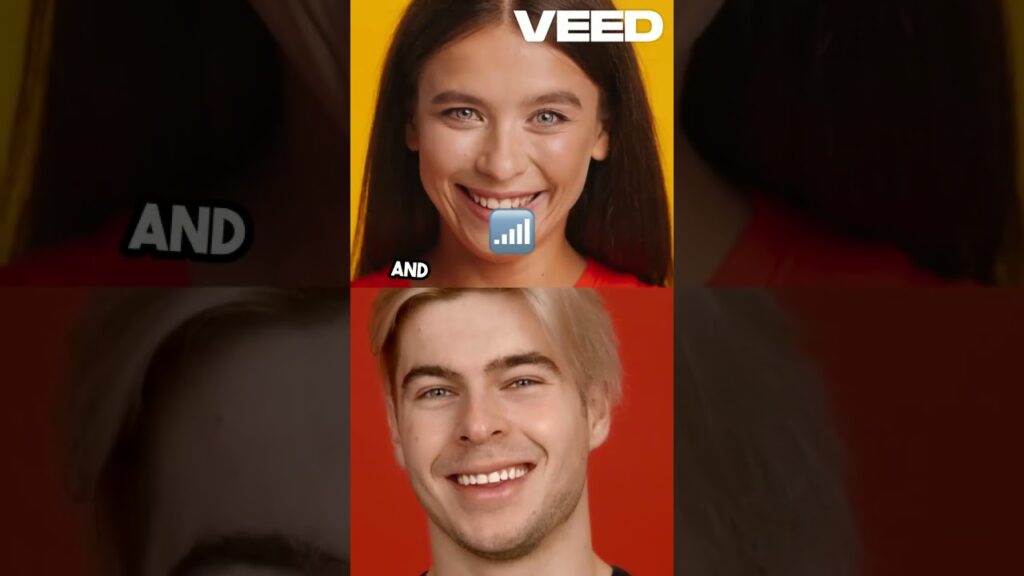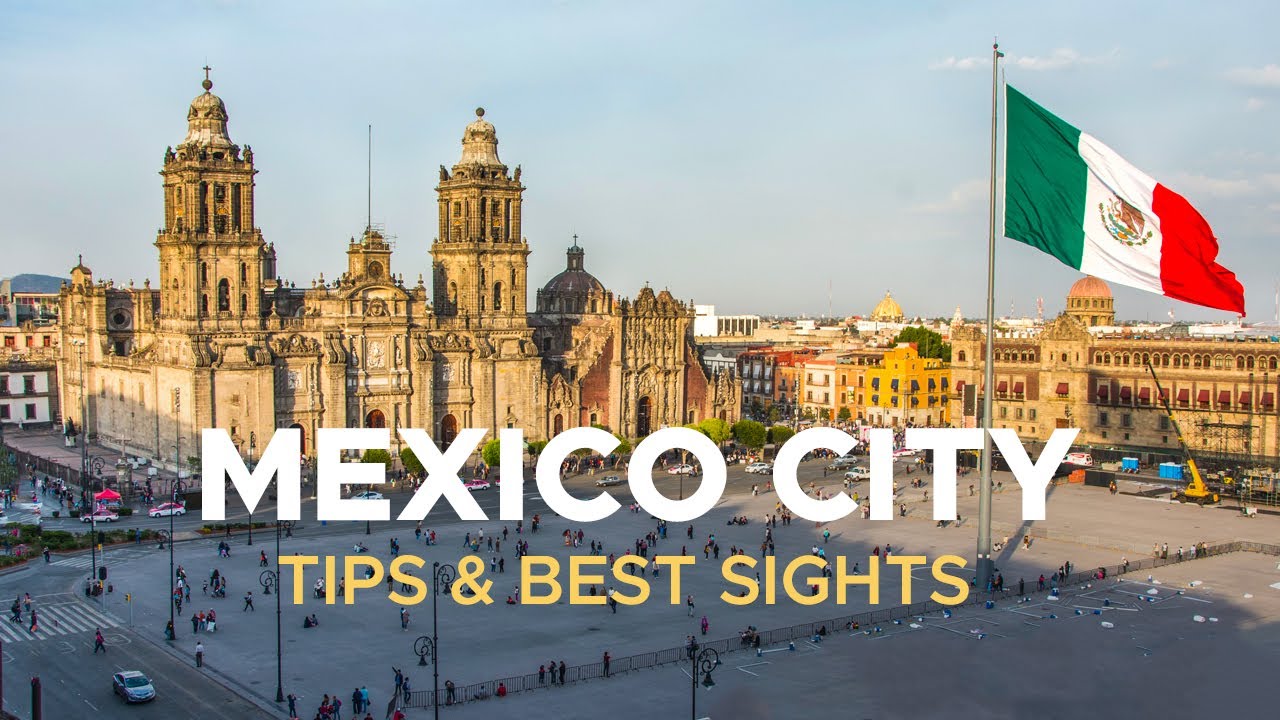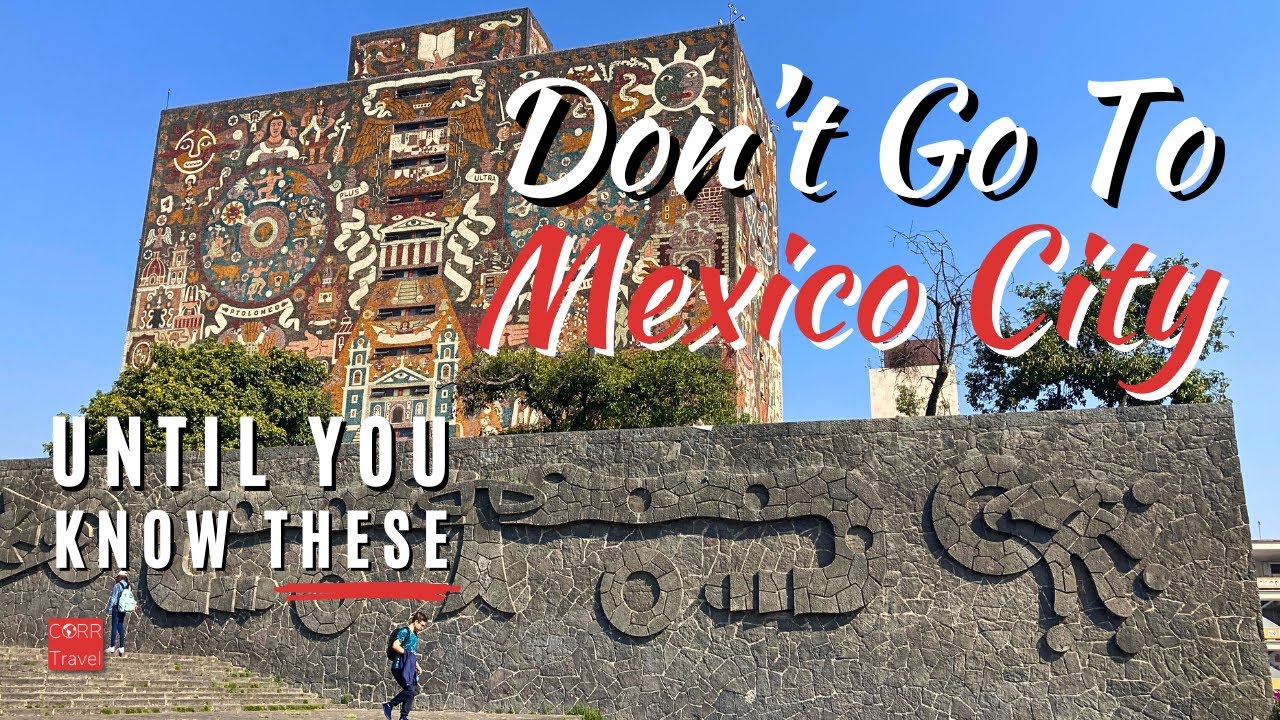Discover the Fascinating World of Mexico City’s Street Art in 2025
In 2025, Mexico City has evolved into a vibrant canvas, showcasing the dynamic spirit of the city through its thriving street art scene. The streets are adorned with murals, graffiti, and installations that depict the rich culture, history, and social issues of Mexico. Each work of art tells a unique story, making a stroll through the city an immersive journey into the heart of Mexican culture.
The Evolution of Street Art in Mexico City
Street art in Mexico City has been on a fascinating journey, evolving from simple graffiti and tags to intricate murals and thought-provoking installations. The year 2025 has seen the emergence of new artists, techniques, and themes, reflecting the changing social and political landscape of Mexico. The art has grown bolder and more innovative, with artists using the city’s walls as a platform to voice their opinions and challenge societal norms.
The city has also witnessed an increase in community-led street art projects, encouraging local participation and fostering a sense of community pride. This has further elevated the status of street art in Mexico City, making it an integral part of the city’s cultural identity.
Exploring the Street Art of Mexico City in 2025
The street art scene in Mexico City in 2025 is diverse and eclectic, offering something for every art enthusiast. The Roma and Condesa neighborhoods are known for their vibrant murals, while the historic center is home to several thought-provoking installations. The street art in these areas reflect the city’s rich history and cultural diversity, with artists drawing inspiration from Mexican folklore, indigenous traditions, and contemporary issues.
For those interested in exploring this fascinating world of street art, there are several guided tours available. These tours not only provide insights into the art and the artists behind them, but also delve into the stories and social issues that they represent. The city’s street art has truly transformed the urban landscape, making Mexico City a must-visit destination for art lovers in 2025.
The Transformation of Mexico City: A Canvas for Street Art in 2025
As the year 2025 approaches, Mexico City, with its rich history and vibrant culture, is experiencing a remarkable transformation. The city is evolving into a vast canvas for street art, attracting artists from around the world and adding a new layer to its visual identity. This revolution in public art is not only adding aesthetic value to the cityscape but also contributing to the broader cultural and social dialogue.
From Graffiti to Art
Traditionally, graffiti was seen as a form of rebellion, often associated with vandalism and criminal activity. However, over the years, this perception has shifted dramatically. By 2025, Mexico City’s street art scene has exploded into a vibrant blend of styles and messages, with local authorities even commissioning artists to decorate public spaces. From towering murals to intricate stencils, the streets of Mexico City are becoming an open-air museum, showcasing the talent and creativity of its residents and guest artists.
The Role of Street Art in Urban Regeneration
Street art is playing a crucial role in the urban regeneration of Mexico City. Many areas, previously known for their high levels of crime and poverty, are being revitalized through the power of art. The city’s government has recognized the potential of street art to transform neighborhoods and is actively supporting these initiatives. This transformation is not just physical but also social, as communities come together to create and appreciate the art in their surroundings.
The Global Impact of Mexico City’s Street Art
Internationally, Mexico City’s burgeoning street art scene is gaining recognition and respect. The city is becoming a must-visit destination for street art enthusiasts, attracting tourists from all over the globe. This global exposure is further enhancing the city’s reputation as a creative hub, while also promoting Mexican culture and heritage on an international stage. The transformation of Mexico City into a canvas for street art by 2025 is a testament to the city’s resilience, creativity, and cultural richness.
Unveiling the Largest Street Art Installations in Mexico City 2025
In 2025, Mexico City was transformed into a vibrant open-air gallery, thanks to the largest street art installations the city has ever seen. These larger-than-life art pieces breathed new life into the urban landscape, bringing color, creativity, and a unique sense of identity to Mexico’s bustling capital. The installations were not just a display of artistic talent, but also a reflection of the city’s rich culture and history, serving as a testament to Mexico City’s dynamic and ever-evolving art scene.
Key Highlights of the 2025 Street Art Installations
Among the standout pieces, several deserve special mention. The enormous mural in the district of Roma Norte, depicting ancient Aztec deities, was a beautiful blend of traditional imagery and contemporary style. In the heart of the city, a three-story high piece brought the plight of Mexico’s endangered species into sharp focus, prompting a city-wide conversation about conservation. The vibrant, kaleidoscopic murals in the neighborhood of Coyoacán were also a feast for the eyes, their vivid colors and intricate patterns drawing locals and tourists alike.
The Artists Behind the Masterpieces
The large-scale street art installations of 2025 were the brainchild of both local and international artists, each bringing their unique perspective and style to the project. Among the notable contributors were renowned Mexican street artist Saner, British muralist Phlegm, and Argentinian artist Milu Correch, whose stunning, thought-provoking pieces were a highlight of the event.
The 2025 street art installations in Mexico City showcased the transformative power of art, turning the city’s walls into a canvas for social commentary, historical reflection, and pure artistic expression. It was a year that saw the city’s urban landscape come alive with color, creativity, and a sense of shared cultural identity that will be remembered for years to come.
The Artists Behind Mexico City’s Most Impactful Street Art in 2025
Mexico City has long been a hub for vibrant and politically charged street art, and by 2025, several artists have emerged as the most influential figures in this dynamic scene. The artists are not only transforming the city’s landscape but are also using their work to comment on social and political issues, making their street art not only visually striking but also deeply meaningful.
Federico Archuleta, also known as Gran OM, is one of the leading street artists in Mexico City in 2025. His style is characterized by its bold colors, large-scale murals, and the incorporation of indigenous and folkloric elements, reflecting his commitment to preserving and promoting Mexican culture. His works can be found in various locations across the city, making him a significant contributor to the urban aesthetic of Mexico City.
Jorge Rodriguez-Gerada
Another influential figure in the street art scene is Jorge Rodriguez-Gerada. Originally from Cuba, Rodriguez-Gerada moved to Mexico City and quickly made a name for himself with his distinctive style of hyper-realistic portraiture. His works often depict ordinary people, reflecting his belief in the importance of representing and honoring the everyday individual within public spaces.
Paola Delfin is a local artist whose work has also become an integral part of Mexico City’s street art landscape by 2025. Known for her monochromatic murals featuring women, her art often addresses issues related to gender and identity. Delfin’s work has been praised for its ability to provoke thought and conversation, making her one of the most impactful artists in the city.
These artists, with their unique styles and messages, have played a significant role in shaping the city’s street art scene, making Mexico City a global hotspot for street art enthusiasts. Their works not only beautify the city but also provoke thought and inspire change, demonstrating the power and potential of street art as a form of social commentary.
How Street Art is Shaping Mexico City’s Cultural Landscape in 2025
Street art in Mexico City has grown from being a form of protest and self-expression to becoming an integral part of the city’s cultural identity in 2025. The city’s walls, buildings, and even underpasses have become canvases that tell stories of social issues, cultural history, and community spirit. These vibrant murals and graffiti pieces are not just visually stunning, they are also shaping Mexico City’s cultural landscape by promoting dialogue, fostering community engagement, and celebrating local culture.
The Role of Street Art in Community Engagement
Street art in Mexico City is a powerful tool for community engagement. Artists often collaborate with local communities to create murals that reflect their shared experiences and aspirations. These collaborative art projects encourage community members to take an active role in shaping their environment and to engage in conversations about social and cultural issues. The increased visibility of street art in public spaces has also led to a greater appreciation of art and creativity among residents, making art a more accessible and integral part of everyday life.
Street Art as a Celebration of Cultural Heritage
One of the defining characteristics of Mexico City’s street art scene in 2025 is its deep connection to Mexican culture and heritage. Artists draw inspiration from traditional art forms, indigenous mythology, and historical events, integrating these elements into their work in innovative ways. This has resulted in a unique blend of traditional and contemporary art that pays homage to Mexico’s rich cultural history while also pushing the boundaries of artistic expression. Through street art, Mexico City’s cultural landscape is continually being reimagined and redefined.
The Impact of Street Art on Mexico City’s Urban Aesthetic
Street art has also significantly influenced Mexico City’s urban aesthetic. Artists have transformed the city’s public spaces into a dynamic open-air gallery that adds color, texture, and visual interest to the urban landscape. This has made the city more attractive to both residents and visitors, contributing to a sense of pride in the city’s cultural identity and enhancing its reputation as a global cultural capital. In this way, street art is not just shaping Mexico City’s cultural landscape, but also its physical landscape.



